
Le déjeuner sur l'herbe d'Edouard (1863) Site de parlonshistoiredesarts
Manet, Edouard. Le Déjeuner sur l'herbe. 1863; Luncheon on the Grass; Musee d'Orsay; Oil on canvas, 81 x 101 cm. The active spirit of independance in Impressionism --- if not its style --- may be considered to date from this famous work, refused by the Salon in 1863 and exhibited, under the title of Le Bain at the Salon des Refusés of the.
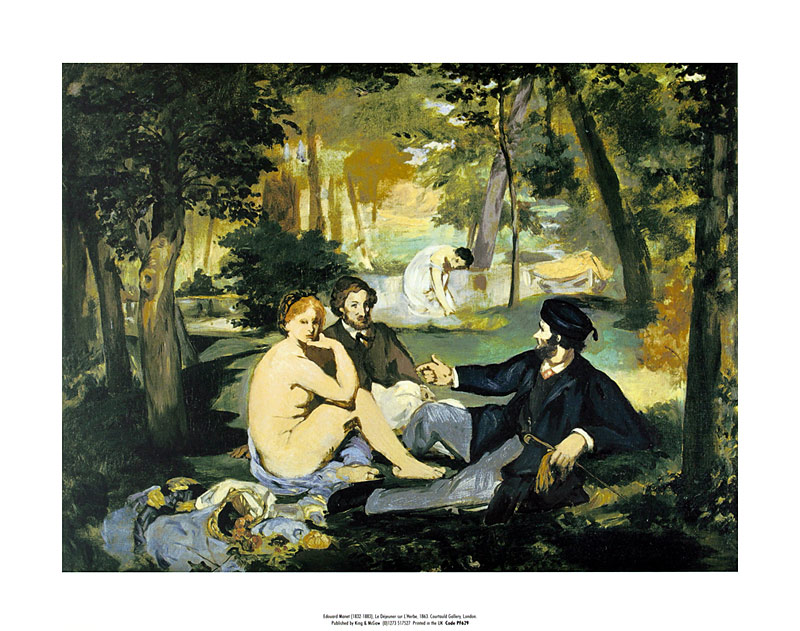
Edouard Le dejeuner sur l'herbe, 1863 Poster Kunstdruck bei Germanposters.de
Monet (left) with Le Déjeuner sur l'herbe in the large studio at his home in Giverny, France, c. 1920. Le Déjeuner sur l'herbe (English: Luncheon on the Grass) is an 1865-1866 oil on canvas painting by Claude Monet, produced in response to the 1863 work of the same title by Édouard Manet.It remains unfinished, but two large fragments (central and left panels) are now in the Musée d'Orsay.

Le Déjeuner sur l'herbe Art, Painting, Linguistics
Le Déjeuner sur l'herbe est un tableau d'Édouard Manet achevé en 1863, d'abord intitulé Le Bain, puis La Partie carrée. Exposé brièvement pour la première fois au Salon des refusés le 15 mai 1863 puis décroché, re-exposé l'année suivante non sans scandale en marge du Salon, il entra dans le patrimoine public en 1906 grâce à la donation du collectionneur Étienne Moreau-Nélaton.
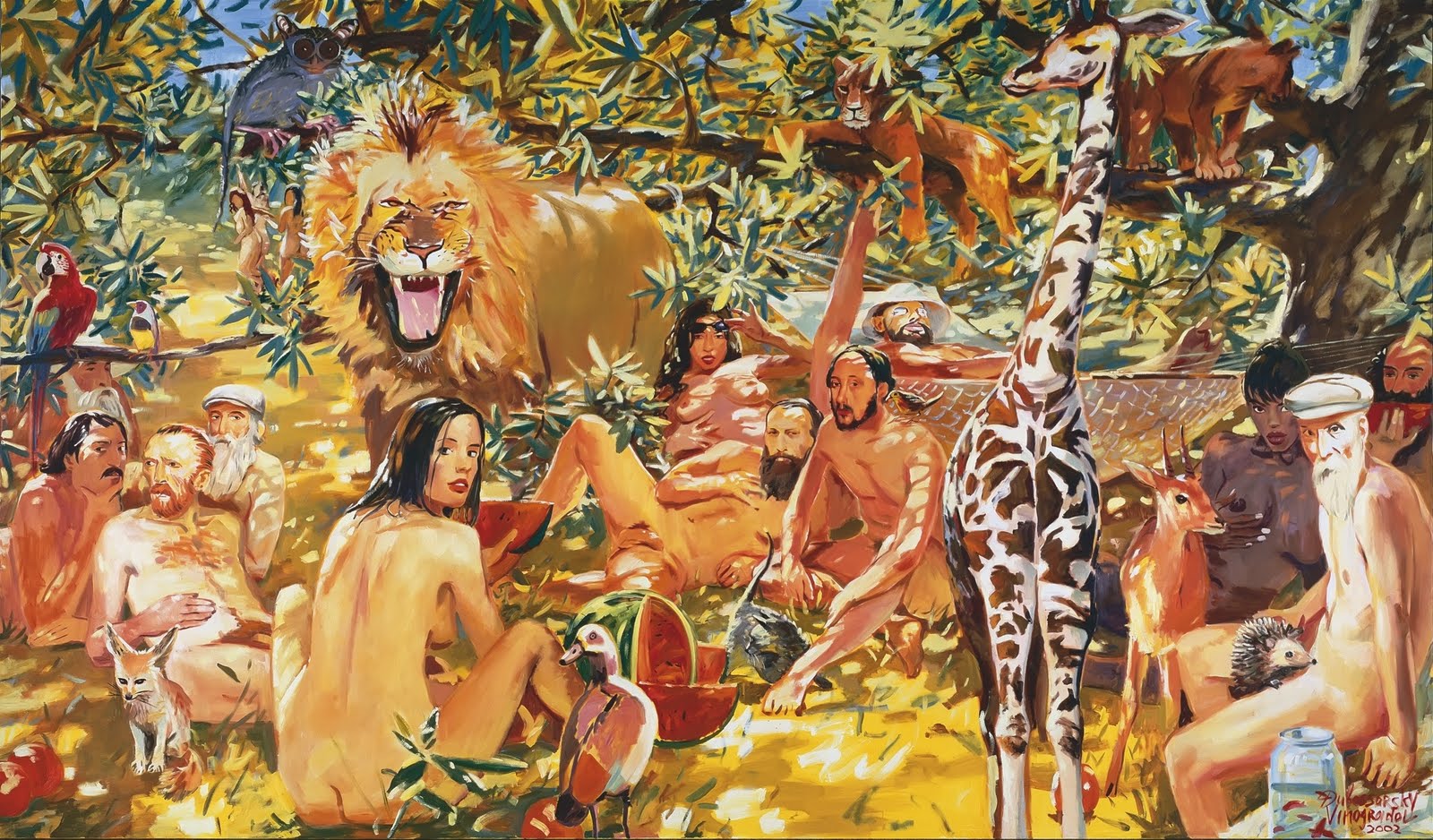
badinicreateam LE DEJEUNER SUR L'HERBE / & Co.
Le Déjeuner sur l'herbe (French: [lə deʒœne syʁ lɛʁb,-ʒøn-]; The Luncheon on the Grass) - originally titled Le Bain (The Bath) - is a large oil on canvas painting by Édouard Manet created in 1862 and 1863.. It depicts a female nude and a scantily dressed female bather on a picnic with two fully dressed men in a rural setting. Rejected by the Salon jury of 1863, Manet seized the.

Édouard Déjeuner sur l'herbe [18631868] in 2021 Art prints, Edouard
Transcript. Édouard Manet, Le déjeuner sur l'herbe (Luncheon on the Grass), oil on canvas, 1863 (Musée d'Orsay, Paris) Speakers: Dr. Beth Harris and Dr. Steven Zucker. Created by Beth Harris and Steven Zucker. Questions.
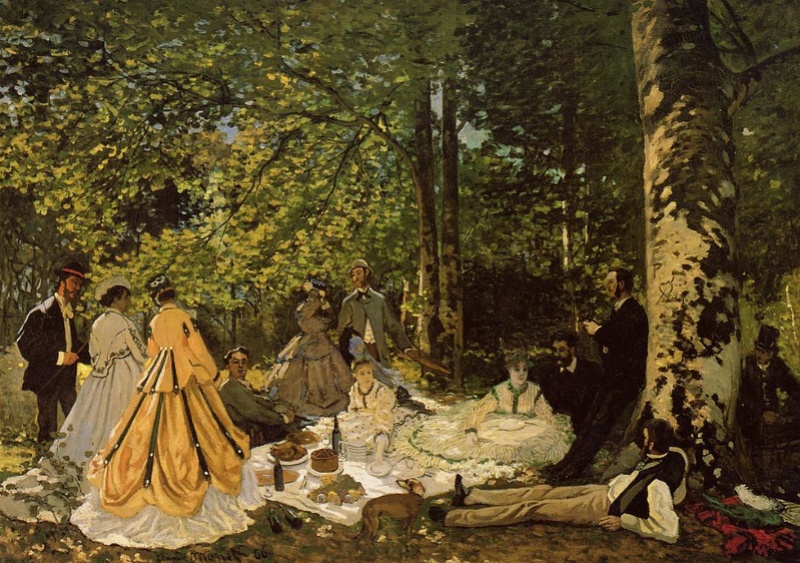
Edouard, "Le déjeuner sur l'herbe"
Le Déjeuner sur l'Herbe, large oil painting by French artist Édouard Manet that was completed in 1863. It was rejected by the Paris Salon and exhibited in 1863 in the Salon des Refusés.. Long before his association with the Impressionists, Manet was a controversial figure in the French art world.This was the first of his pictures to create a scandal.
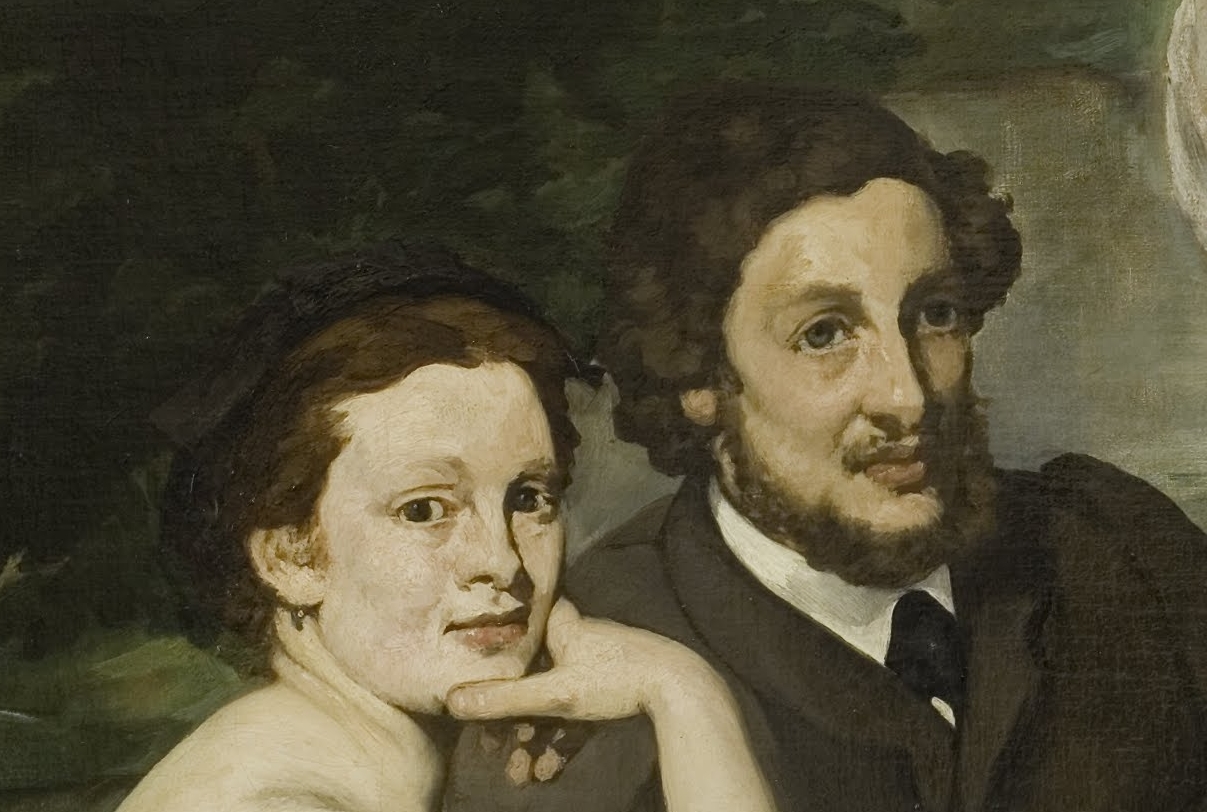
Édouard Le déjeuner sur l'Herbe, 1863 Tutt'Art Pittura * Scultura * Poesia * Musica
Le Déjeuner sur l'herbe est un tableau d'Édouard Manet achevé en 1863, d'abord intitulé Le Bain, puis La Partie carrée.Exposé brièvement pour la première fois au Salon des refusés le 15 mai 1863 puis décroché [2], réexposé l'année suivante non sans scandale en marge du Salon [3], il entra dans le patrimoine public en 1906 grâce à la donation du collectionneur Étienne Moreau.

Édouard Le Déjeuner sur l’herbe (détail), 1863 Huile sur toile 208 x 264,5 cm
Le Déjeuner sur l'herbe (1863) by Édouard Manet. Oil on canvas. Musée d'Orsay, Paris. Image source Wikimedia Commons. Le Déjeuner sur l'herbe is different — even if the broad elements.
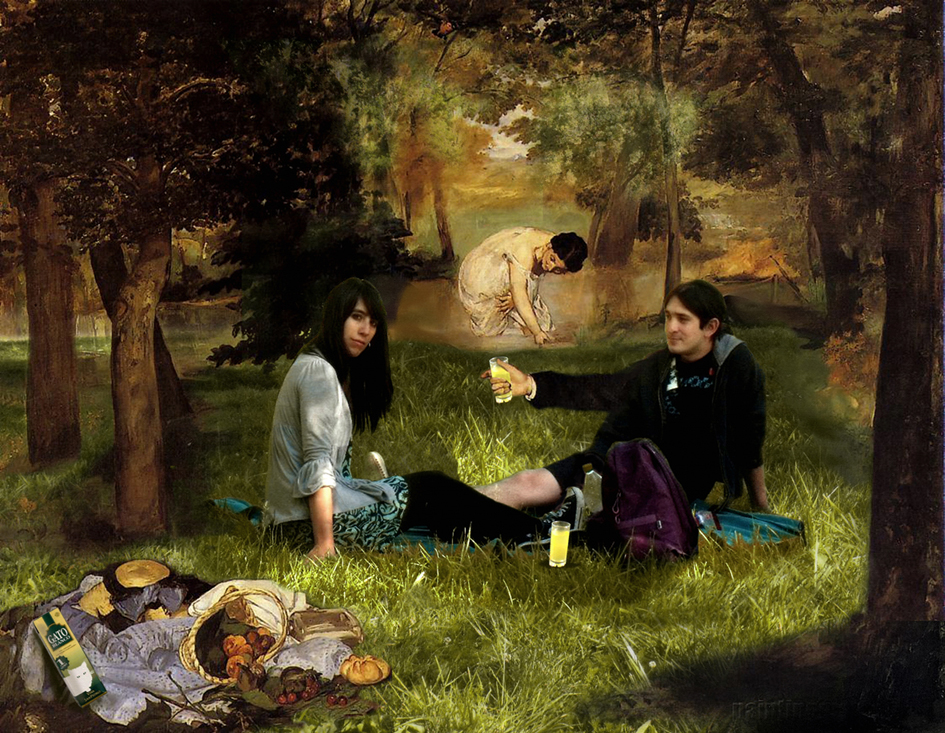
diseño/ilustración Mi versión de Le Déjeuner sur l'herbe, Édouard
Edouard Manet's controversial painting 'Le Déjeuner sur l'herbe' is one of the best-known images in French art. The subject of critical analysis for more than a century, it still defies singular interpretation. This book offers six different readings of the painting. Based on new ideas about its context, production, meaning, and reception.

Édouard Le déjeuner sur l'Herbe, 1863 Tutt'Art Pittura * Scultura * Poesia * Musica
Rejected by the jury of the 1863 Salon, Manet exhibited Le déjeuner sur l'herbe under the title Le Bain at the Salon des Refusés (initiated the same year by Napoléon III) where it became the principal attraction, generating both laughter and scandal. Yet in Le déjeuner sur l'herbe, Manet was paying tribute to Europe's artistic heritage, borrowing his subject from the Concert champêtre.

kART à voir n°084 Le Déjeuner sur l'herbe (1863)Edouard
A-Level: Édouard Manet, Le déjeuner sur l'herbe (Luncheon on the Grass) by Dr. Beth Harris and Dr. Steven Zucker. Manet, Le Déjeuner sur l'herbe. Watch on. Édouard Manet, Le déjeuner sur l'herbe (Luncheon on the Grass), oil on canvas, 1863 (Musée d'Orsay, Paris)

Édouard Le Déjeuner sur l’herbe (détail), 1863 Huile sur toile 208 x 264,5 cm
de 1878 à 1884, dans la collection de M. Flament (menuisier d'Argenteuil qui reçut de l'artiste la toile en gage d'une location)

Édouard Le déjeuner sur l'Herbe, 1863 Tutt'Art Pittura * Scultura * Poesia * Musica
This fragment, there is a second also in the Musée d'Orsay, is one of the remaining parts of the monumental Luncheon on the Grass by Monet. The work was started in the spring of 1865 and measured over four metres by six. It was intended to be both a tribute and a challenge to Manet whose painting of the same title had been the subject of much.
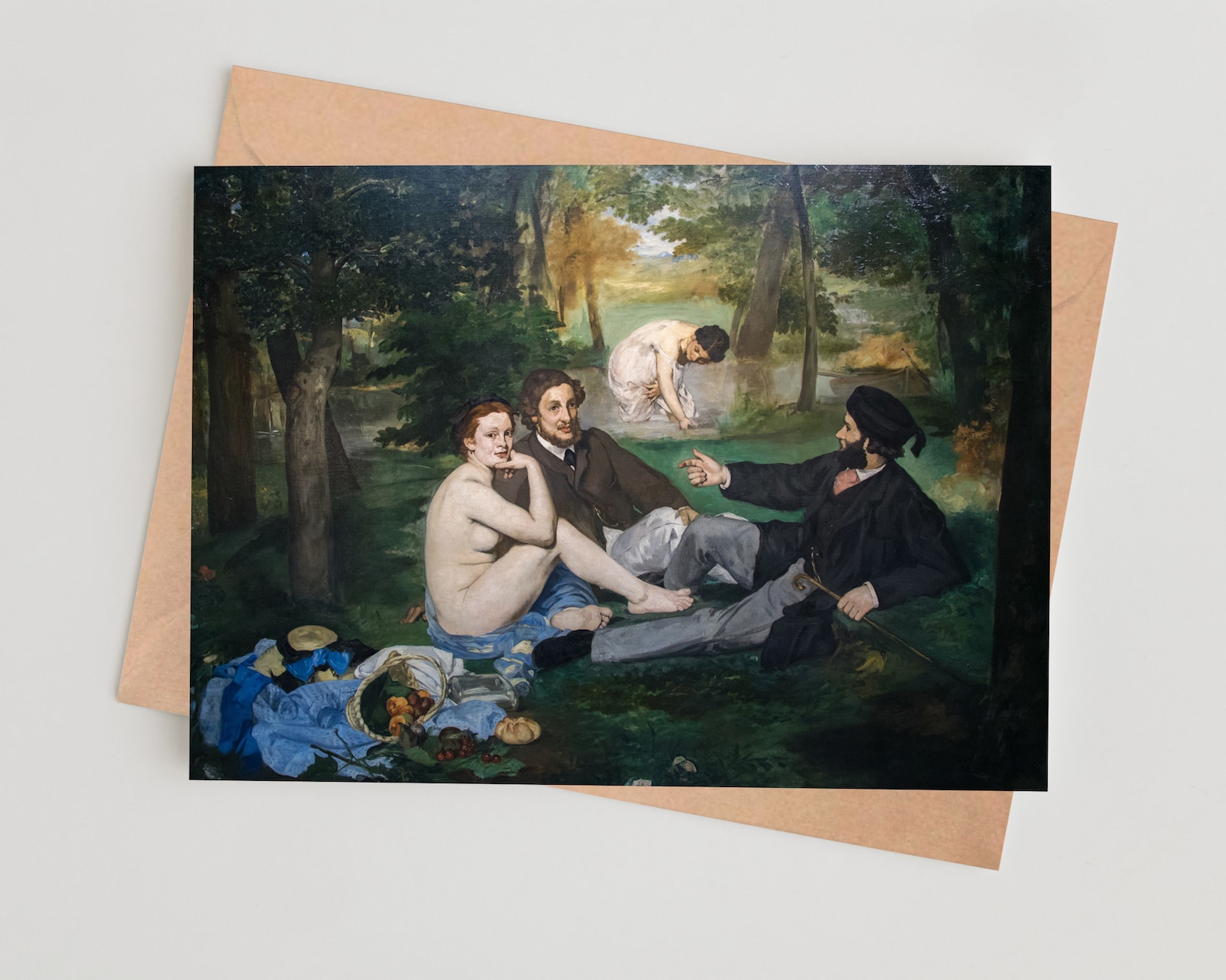
Édouard Le Déjeuner Sur L'herbe 1863. Etsy
Le Déjeuner sur l'Herbe. Déjeuner sur l'herbe was an immense work of art that was homage to Edouard Manet, who painted a similar themed work only two years previously. Manet's rendition depicted a scene of figures, some clothed and some naked, having a picnic in the woods. The controversial painting was revered by Monet and the thenyoung.
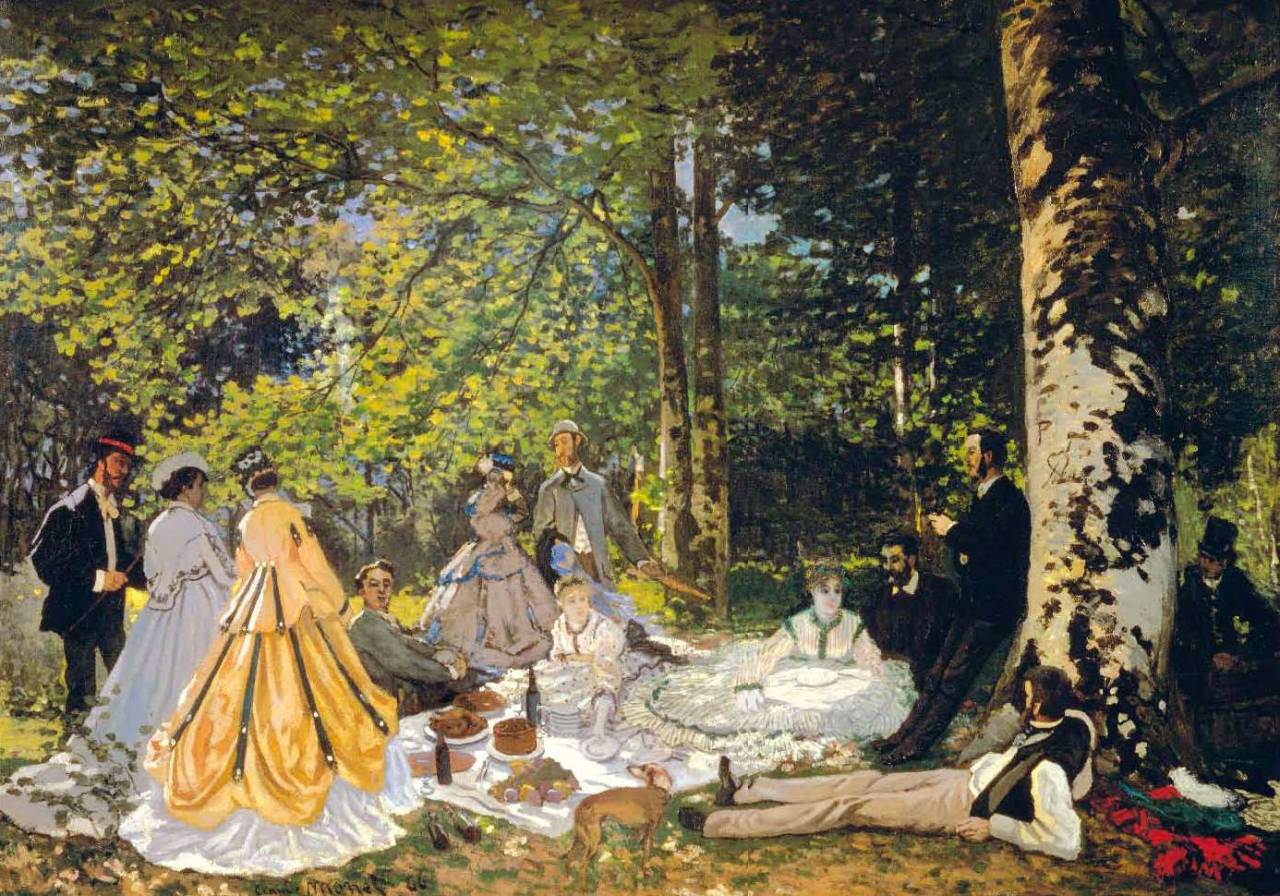
An Impressionism Art Blog — Le Déjeuner sur l’herbe Claude 186566,...
Le Déjeuner sur l'herbe (" Luncheon on the Grass") (1863) by Édouard Manet; Édouard Manet, Public domain, via Wikimedia Commons. In the article below, we will provide an analysis of the Le Déjeuner sur l'herbe meaning by first discussing a brief background of when it was painted and exhibited, and what motivated Manet. We will then discuss a formal analysis looking more at the.

Édouard Le déjeuner sur l'Herbe, 1863 Tutt'Art Pittura * Scultura * Poesia * Musica
Complete Works. 'Le déjeuner sur l'herbe', or as it is known in English, The Luncheon on the Grass, is a painting by Édouard Manet. This rather large painting is an oil on canvas which Manet worked on between 1862 and 1863. In the painting one can see four people, namely two men and two women. The men are fully dressed in black suits.